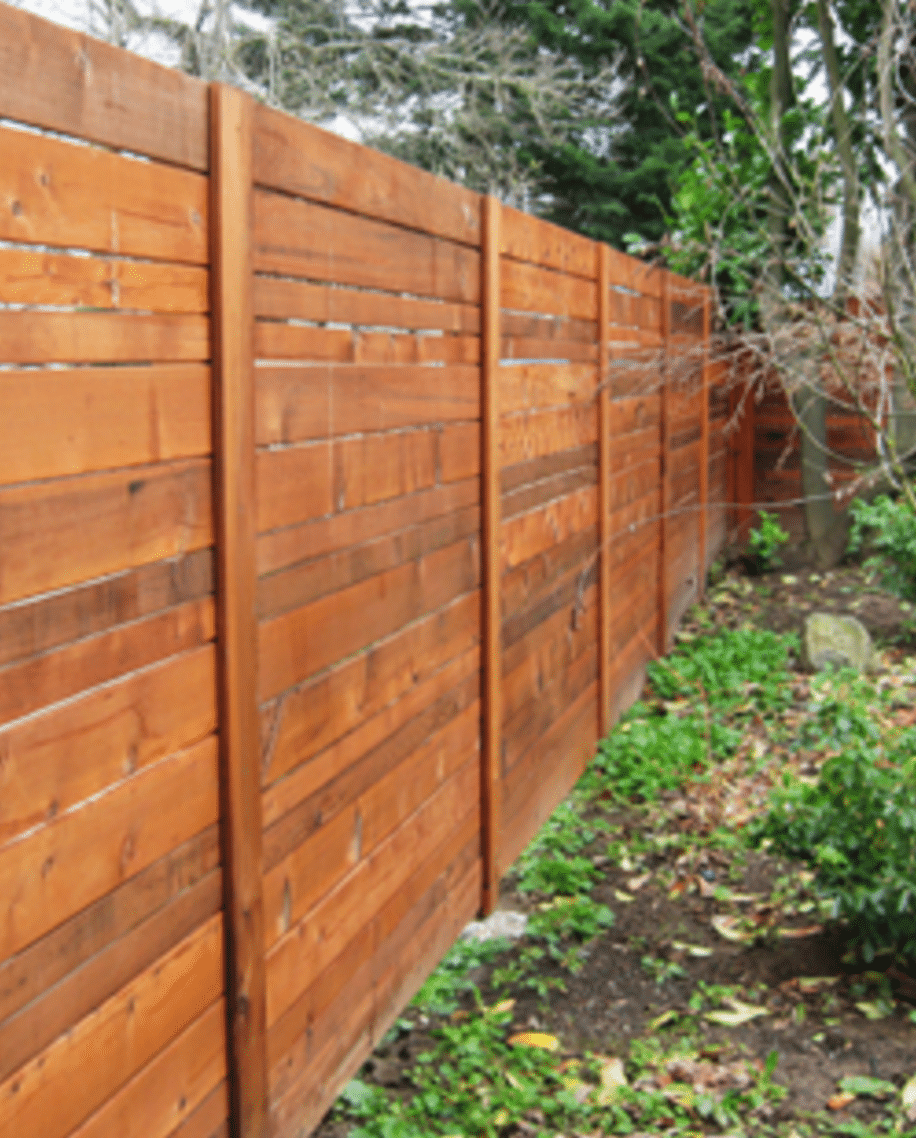All Categories
Featured
Mounting a fence on your residential property can add personal privacy, safety and security, and aesthetic allure, yet prior to you begin excavating openings and establishing blog posts, it's vital to comprehend whether you need a permit. Not obtaining the required permits could result in fines or the need to eliminate the fence.
Why Are Permits Required for Fence Installment? Permits are very important for making sure that your fencing abides by neighborhood zoning regulations and building regulations. These guidelines assist make sure the security of your building and the bordering area. In addition, allows avoid conflicts with next-door neighbors or regional authorities, particularly when it pertains to home lines, elevation constraints, and overall layout.
In most cases, local authorities need authorizations to manage things like visibility at intersections or the distance of a fencing to public areas like roadways or sidewalks. Permits additionally help make certain that fences are set up properly and safely, specifically when it pertains to high fences or unique materials.
Typical Kinds Of Permits for Fence Installment. The kind of fence you intend to set up and your area will identify which licenses are needed. Here are the most common kinds:
Structure Authorization. A structure authorization is normally required for fences that go beyond particular elevation limitations (often above 6 feet), are located near a public roadway or pathway, or are made from details materials. Building permits guarantee that the structure fulfills local building codes, consisting of safety standards.
Zoning Authorization. Zoning authorizations are often needed to make sure that your fencing abides by neighborhood zoning legislations. Zoning laws can specify where a fence can be put on your residential or commercial property (e.g., along building lines or in front lawns), in addition to set limitations on fencing height. These regulations are developed to stop blockages that can influence web traffic security or area appearances.
![]()
Obstacle License. In some areas, you may need a setback license to position your fencing a certain range from residential property roadways, utilities, or lines. Problems are intended to preserve correct area between structures and building borders, reducing potential problems with next-door neighbors or public facilities.
Homeowners Association (HOA) Approval. If your property is component of a neighborhood governed by a Homeowners Association (HOA), you will likely need approval from the HOA before installing a fencing. HOA standards commonly regulate the style, height, materials, and even shade of fencings, guaranteeing that they match the general aesthetic of the neighborhood.
The Process for Obtaining a Fence Permit. To acquire a fence license, you typically require to call your regional city or area workplace. Many areas have a building department or planning workplace where you can request authorizations. The procedure includes finishing an application and giving in-depth information concerning your proposed fencing, including:
Fence layout (materials, height, design) Area on the residential or commercial property. Property line details (for exact positioning) In a lot of cases, a website strategy revealing the recommended fencing's setting will be called for. You may likewise need to pay an authorization fee, which can vary based upon area and the intricacy of the job.
When you send your application, the regional authorities will certainly assess it to ensure the fencing abides by neighborhood guidelines. Depending upon your location, you may additionally need to arrange an examination or permit for a building survey.
When Do You Not Required a License? In many cases, a license may not be required. Commonly, you might not need an authorization if:
![]()
The fence is under a certain height (often 3-4 feet for front lawns) You're changing an existing fencing with the very same type and elevation. The fence is short-term (such as a yard fence) It's constantly an excellent concept to check with your local building or zoning department to verify the needs, as regulations can differ.
Repercussions of Not Getting an Authorization. Stopping working to obtain the essential authorizations can cause various issues. One of the most usual consequence is being fined or asked to remove the fence. In some instances, you might require to re-install the fencing according to code, which might be expensive and taxing. In addition, not complying with the proper permitting process can produce troubles with next-door neighbors, especially if your fencing expands past your building line or does not meet height or design needs.
Final thought. Before installing a fence, make certain you know the regional policies and whether you require a permit. It's vital to contact your neighborhood structure or zoning office, along with your HOA if relevant, to comprehend what's needed. By getting the correct authorizations, you'll make certain that your fence is legally compliant, risk-free, and devoid of future problems. Taking this added step will save you money and time in the lengthy run while providing comfort that your project gets on the best track.
Why Are Permits Required for Fence Installment? Permits are very important for making sure that your fencing abides by neighborhood zoning regulations and building regulations. These guidelines assist make sure the security of your building and the bordering area. In addition, allows avoid conflicts with next-door neighbors or regional authorities, particularly when it pertains to home lines, elevation constraints, and overall layout.
In most cases, local authorities need authorizations to manage things like visibility at intersections or the distance of a fencing to public areas like roadways or sidewalks. Permits additionally help make certain that fences are set up properly and safely, specifically when it pertains to high fences or unique materials.
Typical Kinds Of Permits for Fence Installment. The kind of fence you intend to set up and your area will identify which licenses are needed. Here are the most common kinds:
Structure Authorization. A structure authorization is normally required for fences that go beyond particular elevation limitations (often above 6 feet), are located near a public roadway or pathway, or are made from details materials. Building permits guarantee that the structure fulfills local building codes, consisting of safety standards.
Zoning Authorization. Zoning authorizations are often needed to make sure that your fencing abides by neighborhood zoning legislations. Zoning laws can specify where a fence can be put on your residential or commercial property (e.g., along building lines or in front lawns), in addition to set limitations on fencing height. These regulations are developed to stop blockages that can influence web traffic security or area appearances.

Obstacle License. In some areas, you may need a setback license to position your fencing a certain range from residential property roadways, utilities, or lines. Problems are intended to preserve correct area between structures and building borders, reducing potential problems with next-door neighbors or public facilities.
Homeowners Association (HOA) Approval. If your property is component of a neighborhood governed by a Homeowners Association (HOA), you will likely need approval from the HOA before installing a fencing. HOA standards commonly regulate the style, height, materials, and even shade of fencings, guaranteeing that they match the general aesthetic of the neighborhood.
The Process for Obtaining a Fence Permit. To acquire a fence license, you typically require to call your regional city or area workplace. Many areas have a building department or planning workplace where you can request authorizations. The procedure includes finishing an application and giving in-depth information concerning your proposed fencing, including:
Fence layout (materials, height, design) Area on the residential or commercial property. Property line details (for exact positioning) In a lot of cases, a website strategy revealing the recommended fencing's setting will be called for. You may likewise need to pay an authorization fee, which can vary based upon area and the intricacy of the job.
When you send your application, the regional authorities will certainly assess it to ensure the fencing abides by neighborhood guidelines. Depending upon your location, you may additionally need to arrange an examination or permit for a building survey.
When Do You Not Required a License? In many cases, a license may not be required. Commonly, you might not need an authorization if:

The fence is under a certain height (often 3-4 feet for front lawns) You're changing an existing fencing with the very same type and elevation. The fence is short-term (such as a yard fence) It's constantly an excellent concept to check with your local building or zoning department to verify the needs, as regulations can differ.
Repercussions of Not Getting an Authorization. Stopping working to obtain the essential authorizations can cause various issues. One of the most usual consequence is being fined or asked to remove the fence. In some instances, you might require to re-install the fencing according to code, which might be expensive and taxing. In addition, not complying with the proper permitting process can produce troubles with next-door neighbors, especially if your fencing expands past your building line or does not meet height or design needs.
Final thought. Before installing a fence, make certain you know the regional policies and whether you require a permit. It's vital to contact your neighborhood structure or zoning office, along with your HOA if relevant, to comprehend what's needed. By getting the correct authorizations, you'll make certain that your fence is legally compliant, risk-free, and devoid of future problems. Taking this added step will save you money and time in the lengthy run while providing comfort that your project gets on the best track.
Latest Posts
Explore Cost-Effective Auto Repairs with Montclare’s Exclusive Service Specials
Published en
1 min read
Find Out Save Big on Car Maintenance with Montclare Auto Repair’s Exclusive Deals
Published en
1 min read
Reliable Overhead Door Solutions for Homes and Organizations
Published en
1 min read
More
Latest Posts
Explore Cost-Effective Auto Repairs with Montclare’s Exclusive Service Specials
Published May 26, 25
1 min read
Find Out Save Big on Car Maintenance with Montclare Auto Repair’s Exclusive Deals
Published May 24, 25
1 min read
Reliable Overhead Door Solutions for Homes and Organizations
Published May 23, 25
1 min read